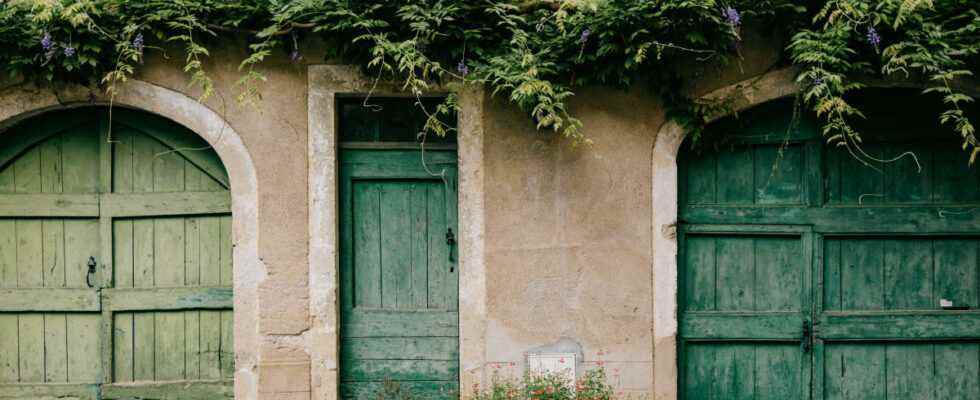ReportageIt could be the common witness of the French middle classes: owners, the vast majority of employees, very often in the public service. And dozens of swimming pools that have sprouted like mushrooms.
There are those that are above ground, not always declared. Those, more chic, which are buried, oval or rectangular, those with a UV filter for those who care about nature, those with a shelter for rainy days, or surrounded by a fence for the safety of children. And those who are not there yet but feed the dreams. In Douelle, a Lot village of 840 inhabitants, some of whom have not always had running water, there are more swimming pools than children under 10 years old. The cadastre lists eighty-four of them. For those who are declared.
Douelle could be the town witness to the French middle classes: households that own their homes, the vast majority of whom are employees in the large neighboring town – Cahors, twenty minutes by car –, very often in the public service or in health, with a median income of 1,880 euros, slightly above the national median. And dozens of swimming pools that have sprouted like mushrooms over the past twenty years.
The economist Jean Fourastié had moreover “chosen this village to present France”in 1979, in his famous book The Thirty Glorious (Fayard), recounting, through him, the irruption of modernity and comfort in post-war French homes, and the standardization of lifestyles. Since then, Douelle has continued to supply school textbooks and college patent subjects on the invention of the welfare state and the consumer society.
Forty years later, this village of Quercy nestled in the hollow of a loop of the Lot still offers a concentrate of the country, at least of this France of the middle, less studied than that of the extremes. Agriculture, dominant in 1945, continues its slow decline, while the village is populated by retirees. The neo-rurals flow in, who build their opulent houses on old vines, on the other side of the river, while the old stone buildings of the village remain occupied by the “old”who regret “the time when we played boules on the banks of the Lot”and or “ the generations mixed. The time, too, where “the village had 80 horses for agriculture”, recalls, with lucidity, Jean Soulayres, a retired teacher and the first in his family to give up hard work in the fields in order to study. One could say that in two generations the horses of Douelle have been replaced by swimming pools. Including among retirees who say they do not use them because they have not learned to swim.
You have 80.5% of this article left to read. The following is for subscribers only.
